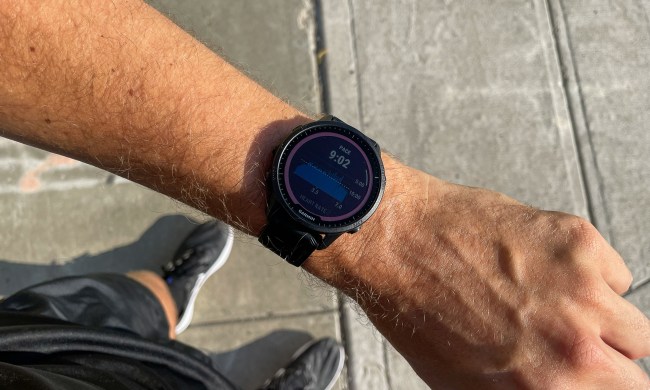Legendary sci-fi author Ray Bradbury once wrote that “if we are interested in Mars at all, it is only because we wonder over our past and worry terribly about our possible future.” Now, as humans actually try to reach Mars, every aspect of the red planet requires thorough study. A new Kickstarter project for The Mars Atlas is hoping to make earthlings more familiar with its topography and geography.
Eian Ray is a cartographer with RedMapper and creator of the Kickstarter project. It grew out of his participation in a 2016 International Cartographic Association competition to find Mars landing sites for NASA. The data sets that existed weren’t all that accessible to non-experts, Ray found. “I was just very dissatisfied with what I was coming across,” he told Digital Trends.

There’s one primary data set that NASA collected in the late 1990s and early 2000s that shows the topography — the mountains and valleys – that makes up the Martian landscape. An orbiting satellite captured the information, which until recently was too vast for an ordinary computer to handle. “You’d load it onto your computer, and it would just kill your computer, just crash it,” said Ray. Over the course of 2019, the Redmapper team used the NASA data, along with information from the European Space Agency, the International Astronomical Union (IAU), and its own datasets, to create the atlas and Mars Portal.
In addition to having a physical book, Ray wanted an online tool that the team could constantly update with the latest discoveries. Starting with NASA’s topography of Mars, Redmapper overlaid the IAU names of features, like the Olympus Mons volcano. Unlike Google Mars, which overlays images of the planet on its map, Redmapper created a digital elevation model. To Ray, the actual images of Mars make the map less, not more, clear.
The IAU is responsible for naming features on planets, but there’s a lot of work left to be done, said Ray. “When you look at the portal or you look at the atlas, you see that there are tremendous swaths of the planet that are just devoid of names,” he said. It’s difficult to discuss a particular mountain range if you don’t know what to call it. Being able to zoom in on these features with the Google Maps-like portal will help bring attention to these nameless places, Ray hopes.

Redmapper’s next task is to create edit guides that will help people use the portal to create their own maps. Researchers interested in mapping minerals or preplanning a colony will need a step-by-step tutorial to chart the foreign landscape. Such guides exist for urban planning and other earthly pursuits but not for the rest of the solar system. “This would be a Mars- or extraterrestrial-specific edit process for people interested in mapping other planets,” said Ray.
You can pledge $85 to get an atlas, $50 for access to the portal for a year, or $100 for both. Redmapper has already more than doubled its original goal of $10,750. Not everyone is excited, though. Ray said he’s gotten emails from people convinced Mars is either flat or a hoax. “It kind of epitomizes to me the importance of publishing good spatial information, especially that type of information that illustrates the globular nature of a planet,” he said.
Redmapper says it’s done all the work required for the book and portal and both should be ready by June 2020. However, as with any crowdfunding project, it’s backer beware and pledge at your own risk.


